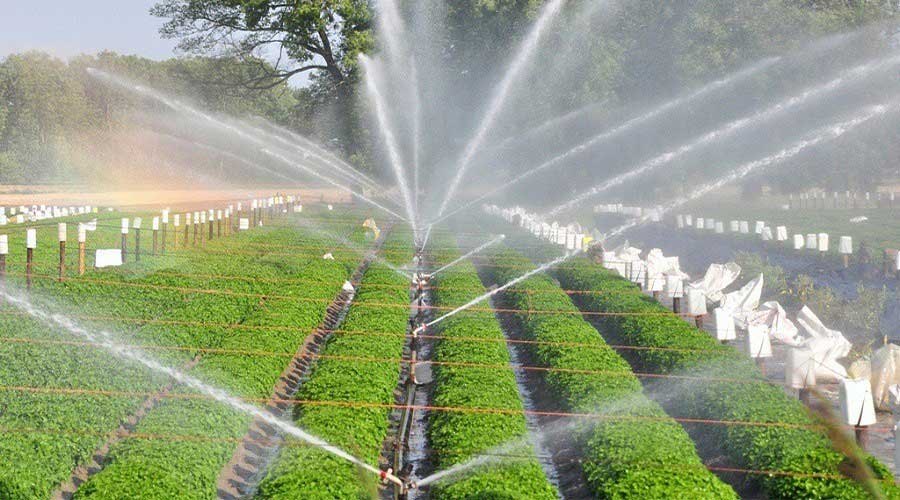In Pakistan, a growing number of farmers are turning to water-saving drip irrigation and sprinklers which helps farmers use 60pc less water.
Obaid ur Rehman hoped to grow water-hungry cucumbers and capsicum peppers on land, he had bought in an arid area of eastern Pakistan but the scarcity of water did not let him do it for traditional irrigation and so the 56 years old farmer tried something new i.e. a drip irrigation system.
Read more: Pakistan to create 500 tech based farms to modernise agriculture sector
The drip irrigation system is being supported by the government initiative. This system delivers small amounts of water only where it is needed. This idea helped him get higher yields on his farm near Mari in Punjab.
The switch, besides allowing him to farm with 60% less water, has cut the fertilizer he needs in half as less is washed away and wasted, Rehman said. “Drip irrigation has come as a divine help to me in this arid area,” he said, sitting in a shed on his farm.
Obaid ur Rehman further said that he was among a growing number of farmers in Pakistan who are turning to water-saving drip irrigation and sprinklers, which agricultural experts say can support yields in regions where seasonal rains are no longer a reliable source of water.
Moreover, 90 percent of water is used for agriculture in Pakistan mainly as farmers flood their fields to irrigate their crops, as the director of a nongovernmental organization, Pakistan Water Partnership (PWP) Pervaiz Amir.
Malik Muhammad Akram, head of the Punjab Agriculture Department’s water management programme said that so far 7000 small-scale farmers had been helped by the 9-year government effort to cut water waste launched in 2012-2013. This project helped farmers make the move to water-efficient irrigation.
Rehman’s farm in Mari while expressing his pleasure towards the improvement of the irrigation system said, “I always feel pleasure when I see the new blossoms of my vegetables in the morning. But “this farm would not have been possible without the drip irrigation system”, he added.
Image source





















